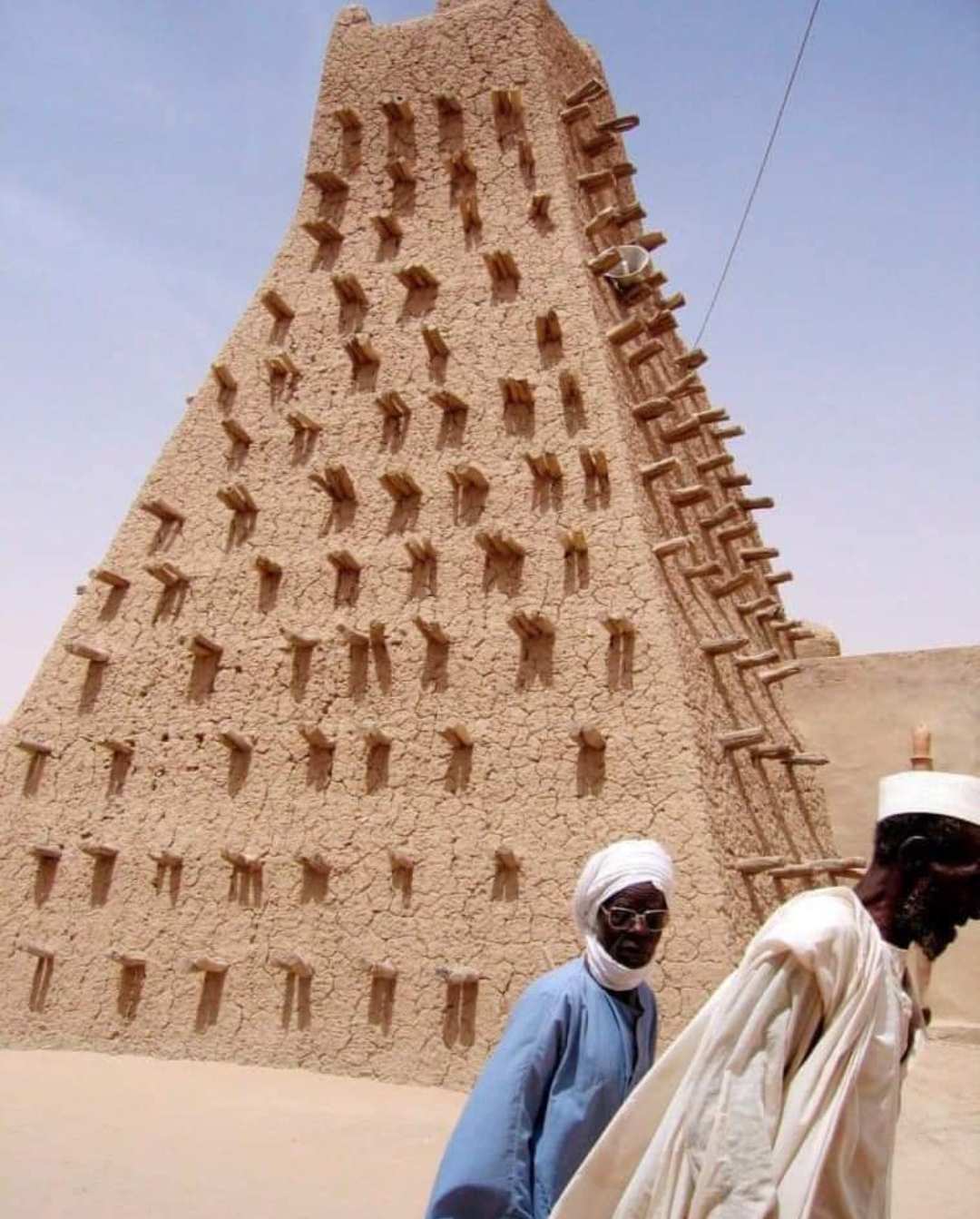"The Lost Golden Age of Timbuktu: Jewel of the Sahel"

Located at the southern edge of the Sahara Desert, Timbuktu was once a vibrant, cosmopolitan city, a center of culture, trade, and learning that attracted scholars and merchants from across Africa and beyond. Today, Timbuktu is often associated with its "lost golden age," but its history is much richer and more complex than that moniker suggests.
In the 14th century, Timbuktu reached its zenith under the Mali Empire, becoming an important hub for Islamic scholarship and trade. The city's rulers invested heavily in education and literature, making Timbuktu a beacon of learning that attracted scholars and students from throughout the Muslim world.
At its height, the city boasted a university called Sankore that rivaled the great centers of learning in Cairo and Baghdad, with a library of over 400,000 manuscripts on subjects ranging from astronomy and mathematics to poetry and philosophy.
Timbuktu's prosperity also made it a center of trade, with merchants from as far as Morocco, Egypt, and the Middle East traveling to the city to buy and sell goods. Gold, salt, ivory, and textiles flowed through its bustling markets, making Timbuktu one of the wealthiest cities in Africa at the time.
Timbuktu's golden age came to an end in the 16th century, as the empire declined and the city fell under the control of rival powers, including the Tuareg and Moroccan empires.
Despite its decline, Timbuktu's legacy as a center of learning and culture endures, with its rich history and cultural heritage still visible in the city's mosques, libraries, and archives.
The UNESCO World Heritage Site known as the "Old Town of Timbuktu" contains important architectural and historical sites, including the Sankore Mosque and the Djinguereber Mosque, that showcase the city's rich history and the grandeur of its past.
#mileagemultimedia

